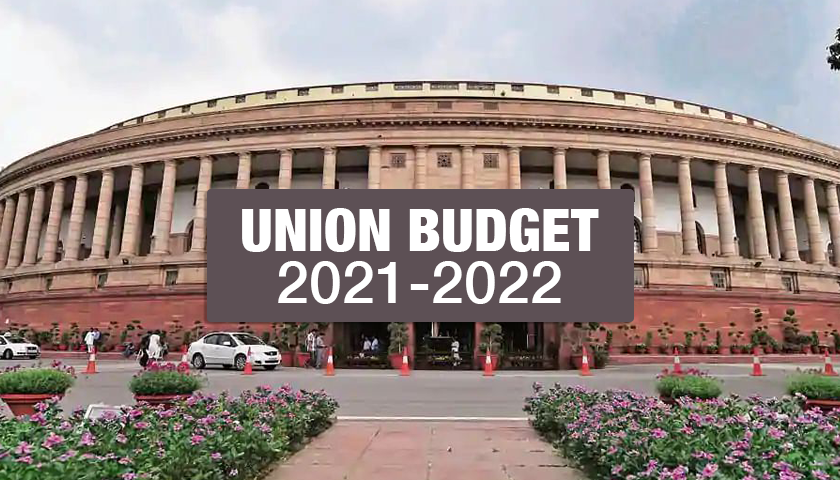With Union Budget 2021-22 right around the corner, the top Indian real estate bodies have listed their demands for the sector. In this post, we take a look at the top five demands presented by NAREDCO and CREDAI.
Tax-related measures
- In 2017, RBI allowed a loan-to-value ratio (LTV) of up to 90% for a home loan of Rs 30 Lakh or less. According to NAREDCO, the same LTV should be extended for home loans across the board and not just restricted to affordable housing.
- Another demand raised the industry body is to allow interest on home loans for income tax deductions without any ceiling. The current interest deduction under Section 24 of IT Act 1961 on home loans of Rs 2 Lakh should be removed in order to incentivise homebuyers. Echoing similar views, CREDAI feels that this limit of Rs 2 Lakh should be increased to at least Rs 5 Lakh.
- CREDAI also demands that the deduction under Section 80C for principal repayment of housing loan should be increased from the existing limit of Rs 150,000. The deduction for principal repayment of housing loan can be considered for a separate or standalone exemption. This increase in the deduction for principal repayment of housing loan will encourage the homebuyers to invest.
“Interest on housing loans should be fully allowed under Income Tax Deduction without any ceiling. The current limit of interest deduction under Section 24 of IT Act 1961 on housing loan of INR 2 lac should be removed to incentivise home buyers and spurring overall demand. Also, loss from house property should be fully allowed to be adjusted against other heads of income. In case of unadjusted loss, it should be fully allowed to be carried forward to subsequent years,” said Rajeev Talwar, Chairman, NAREDCO.
Affordable housing
- CREDAI seeks changes in the current definition of affordable housing. The real estate body wants unit with carpet area as defined under RERA to be redefined as ‘that does not exceed 90 sqm in the metros and 120 sqm elsewhere.’ Currently, the definition includes 60 sqm in metros and 90 sqm in non-metro cities.
- For rental housing, NAREDCO expects enhancement in HRA tax exemption. Further, to promote rental housing, the deduction of 30% from the annual rental income (for purpose of maintenance) should be increased to 50%. This will not only improve ROI but will also encourage citizens from investing in residential properties for giving on rent.
SWAMIH stress fund
The laudable initiative of establishing the SWAMIH fund for Rs 25,000 Crore to help the real estate sector is appreciated. However, NAREDCO believes that allowing more such stress funds will help facilitate the last-mile funding for stressed and stalled projects.
“Industry demands estimated Rs 1,25,000 Crore via many HFCs / NBFCs who are ready to establish such funds for ailing real estate sector. This will allow for faster appraisals and sanctions,” said Niranjan Hiranandani, National President, NAREDCO.
Relaxation in provisions related to REITs
REITs are a way of solving the liquidity problem in real estate. At the same time, it offers the investors a choice to diversify their portfolio. At present, there is no provision. CREDAI suggest an extension of exemption under Section 80 C to investments in REITs starting with Rs 50,000.
Additionally, for REITs/InvIT units to qualify as a long-term capital asset, it must be held for 36 months. Reducing the holding period to 12 months as applicable for listed shares will lead to faster adoption of REITs and bring the units held in REITs at par with investment in listed securities.
Liquidity measures
Last but certainly not the least, one-time restructuring of loans will play an important role – the requirement of the unit being ‘standard unit’ if done away and restructuring permitted for all units as per mutual agreement with the financing enterprise and the borrower would have a positive impact.
“The ongoing Covid-19 pandemic has impacted global economies and Indian real estate is not spared from the depths of despair. The fiscal impetus announced under Aatmanirbhar Bharat has led to renewed consumer demand that led to the emergence of green shoots in the Indian economy and real estate sectors. The laudable measures like tax rationalization, additional stress fund, ample liquidity tools will keep the momentum going and propel India towards a $5 trillion economy,” concludes Niranjan.

